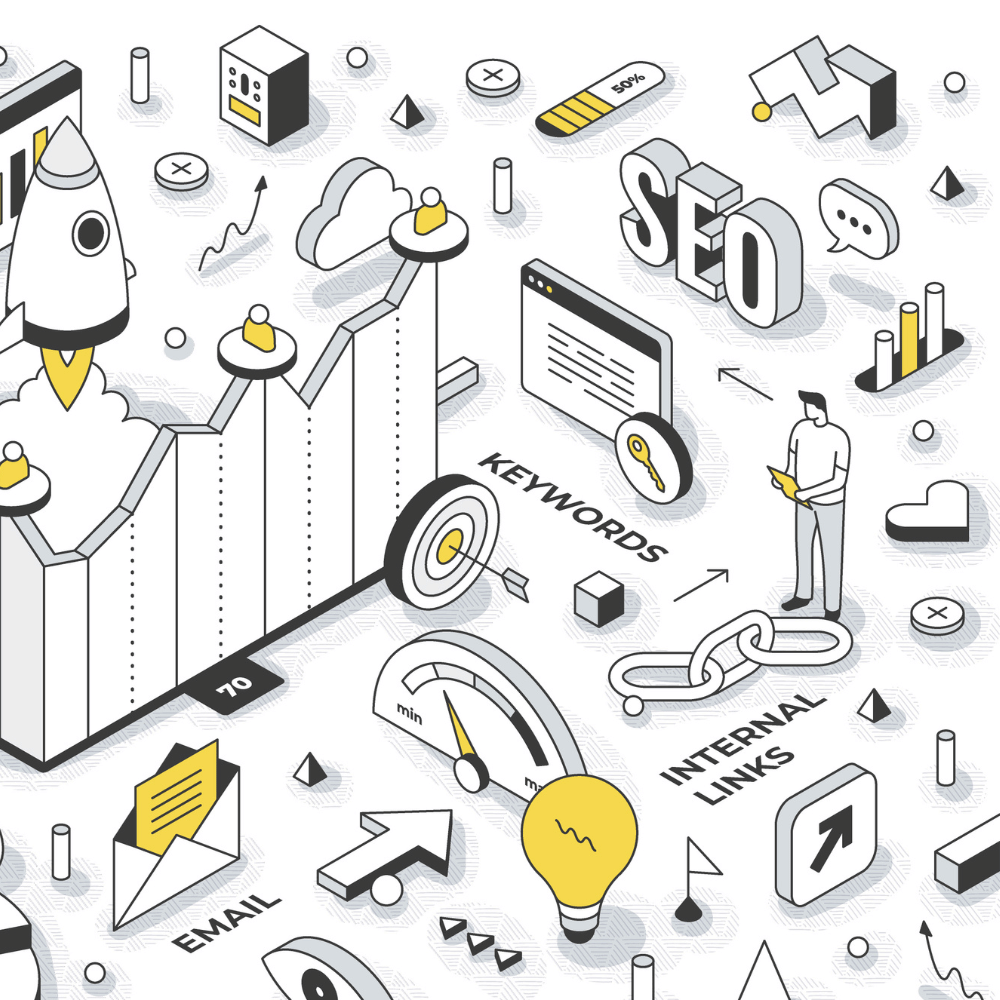🔹 Introduction
In 2025, businesses are doubling down on paid advertising — but choosing the right platform is crucial. Two industry giants dominate the space: Google Ads and Facebook Ads (Meta Ads). While both offer immense reach and targeting capabilities, they cater to different user intents and marketing goals.
In this blog, we’ll break down the differences, pros, and ideal use-cases — helping you decide which one fits your business best.
At Digital Tribe, we specialize in high-ROI performance campaigns across both platforms. Let’s help you choose smartly.
🔍 1. The Core Difference: Intent vs Interest
- Google Ads = Search Intent
Targets users actively searching for a solution. Great for bottom-of-the-funnel conversions. - Facebook Ads = Audience Interest
Targets users based on behavior, demographics, and interests — ideal for brand discovery and nurturing.
Think: “Need it now” (Google) vs. “Didn’t know I needed it” (Facebook)
📊 2. Ad Formats & Use Cases
| Google Ads | Facebook Ads |
|---|---|
| Text Ads (Search) | Image, Video, Carousel Ads |
| Shopping Ads | Lead Gen Ads |
| Display & YouTube | Reels, Stories, Messenger Ads |
| Local Service Ads | Event/Offer Promotion |
Google Ads is perfect for:
- High-intent search traffic
- eCommerce product listings
- Local services (plumber, dentist, etc.)
- B2B lead generation
Facebook Ads excels at:
- Brand awareness & engagement
- Lifestyle products or services
- Lead magnets (eBooks, free trials)
- Community-building and remarketing
💰 3. Cost Comparison: CPC vs. CPM
- Google Ads typically follows a Cost-Per-Click (CPC) model
- Facebook Ads primarily works on a Cost-Per-Impression (CPM) model
💡 On average:
- Google CPC: ₹10–₹80+ (based on keyword competitiveness)
- Facebook CPM: ₹40–₹250 (depending on audience size, placement & creative)
At Digital Tribe, we help clients reduce CPC & CPM through advanced targeting, A/B testing, and ad optimization techniques.
🎯 4. Targeting Capabilities
Google Ads Targeting:
- Keywords
- Location
- Device
- Audience Segments (In-market, Affinity)
- Demographics
Facebook Ads Targeting:
- Age, Gender, Location
- Interests & Behaviors
- Custom Audiences (based on website visitors, app activity)
- Lookalike Audiences
Want to target young moms in Bangalore interested in organic skincare? Facebook wins.
Want to appear when someone searches “best digital marketing agency in Bangalore”? Google wins.
📈 5. Campaign Goals & Funnel Fit
| Goal | Best Platform |
|---|---|
| Website Traffic | Both (Google for direct, FB for broad reach) |
| Lead Generation | Facebook (Lead Forms), Google (Search) |
| Product Sales | Google (Shopping), Facebook (Reels + Remarketing) |
| Brand Awareness | Facebook & Instagram (Top of Funnel) |
| Local Services | Google (Local Search Ads) |
Digital Tribe customizes media plans depending on your funnel stage — Awareness, Consideration, or Conversion.
🧠 6. Analytics & Optimization
- Google Ads:
Deeper keyword data, bidding strategies (Maximize Conversions, Target ROAS), GA4 integration - Facebook Ads:
Pixel data, A/B testing creative, Relevance score, Conversion tracking
At Digital Tribe, we use data-driven insights from both platforms to optimize ad spend, boost ROI, and scale faster.
🧪 7. Why Most Businesses Use Both
Truth is, a hybrid approach often performs best.
- Use Google Ads to capture bottom-funnel demand
- Use Facebook Ads to build awareness, retarget users, and nurture leads
We recommend testing both with defined KPIs, then scaling what works.
🚀 Conclusion
There’s no one-size-fits-all answer.
Choosing between Google Ads and Facebook Ads depends on your goals, audience, budget, and offer. The most successful brands combine the power of intent (Google) with the magic of discovery (Facebook).
📲 Want expert help with your paid campaigns?
Let Digital Tribe build a custom, ROI-driven advertising strategy that works.
🔗 CTA
Get a Free Ad Strategy Audit
Whether you’re starting out or scaling up, we’ll help you find the best mix of Google and Facebook Ads for your business.
👉 [Book Now on digitaltribe.in]


